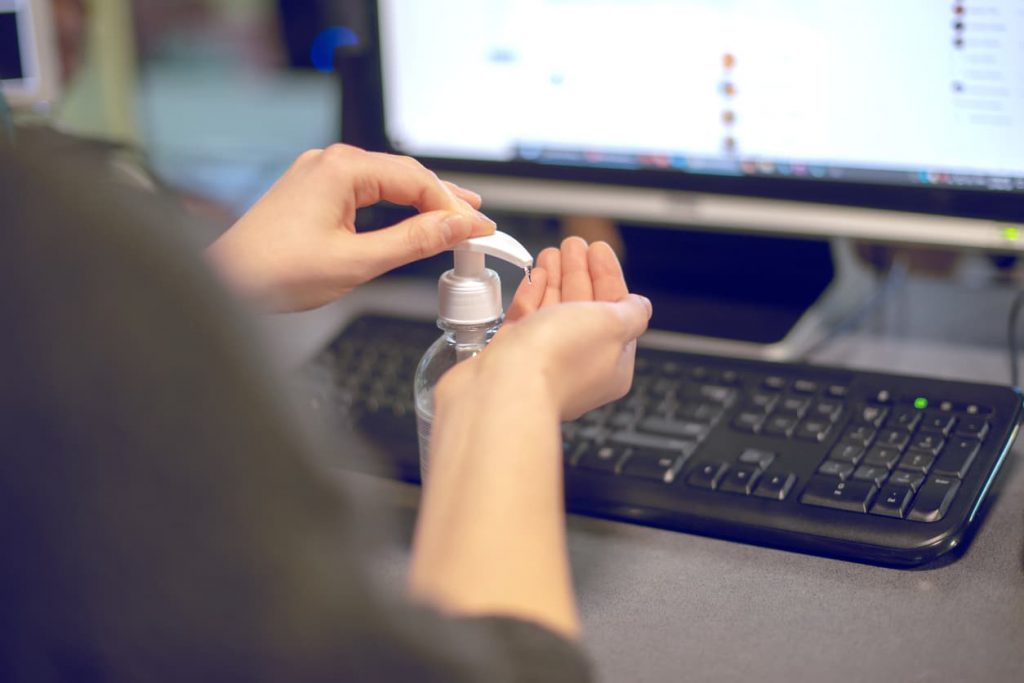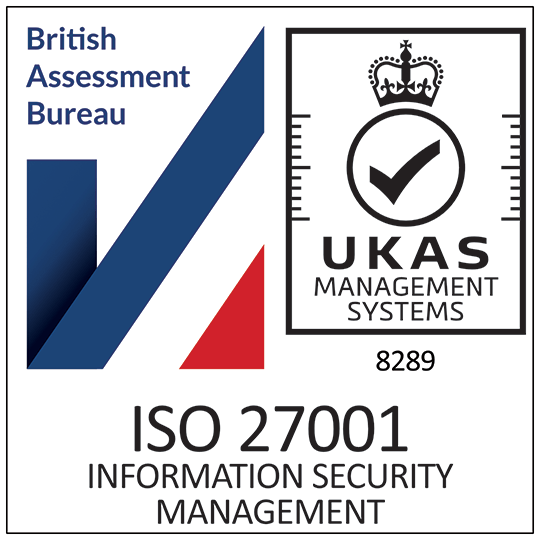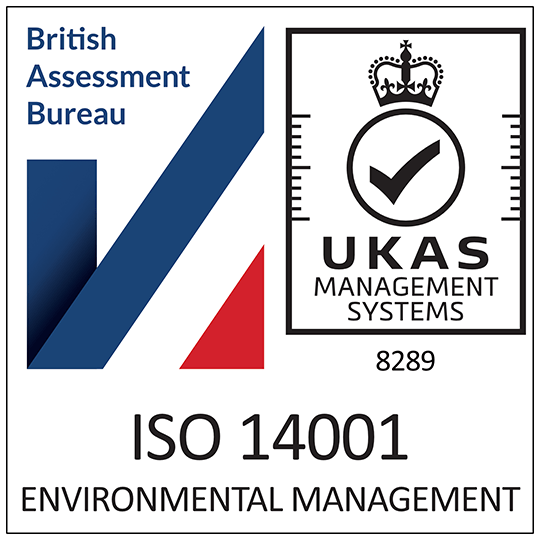10 Simple Things Businesses Can Do to Reduce Bacterial Spread in Offices
As the world continues to reopen, many are heading back to the office for the first time in months. But what can businesses and individuals do to reduce the spread of germs and bacteria when they’re back in the workplace?
To help keep your office as safe, hygienic, and germ-free as possible, we’ve put together a guide to 10 practical ways to reduce bacterial spread in the workplace. Let’s get started.
1. Invest in a contactless key card entry system
Businesses should try to limit the need for physical contact in communal settings where appropriate, and this extends to access and entry points. A new contactless key card entry system removes the need for contact between personnel and points of entry, limiting the spread of germs and bacteria. There are other benefits to such a system when returning to the office, too, not least improved security and employee safety.
2. Apply an antimicrobial coating to employee access cards
To further optimise safety and hygiene, we’d recommend having an antimicrobial coating applied to all employee access cards. Such technology inhibits the spread and growth of germs, so even when cards do pick up bacteria, it’s unlikely they’ll be passed on. Providing protection against up to 99% of harmful germs and bacteria, it’s a worthwhile investment if you value optimal staff hygiene in the workplace. Click here to learn more about how antimicrobial cards work and their benefits.
3. Reconfigure your office layout
How can your office be better optimised to stop germs spreading as freely? While social distancing is no longer a prerequisite of the workplace, it’s worth holding on to some of its guiding principles. Even moving desks a couple of metres apart can help to curb the spread of germs and bacteria.

4. Assess your airflow
What measures do you currently implement to manage and circulate airflow through your premises? Any improvements you can make in this regard will be hugely beneficial in helping to curb germ spread. Work closely with your building manager to maximise airflow and be sure to open windows whenever possible to encourage circulation.
5. Allow flexible or staggered working
If you’re particularly concerned about the spread of harmful bacteria in the workplace, consider updating your practices to allow for flexible working or staggered start times. While the government has encouraged everyone to return to the office, there are ways to ensure this is a comfortable transition for everyone. Talk to your people, listen to their concerns, and introduce measures that safeguard employee welfare.
6. Create a cloakroom for bags, coats, and other non-essential items
Any items or clothing your employees bring into the workplace have the potential to carry harmful germs and bacteria. So, rather than allowing coats to be hung on the back of chairs and bags to be slung under desks, consider creating a cloakroom where these items can be stored safely. This reduces the risk of bacterial spread, minimising the number of germs allowed to enter the main work floor.
7. Redefine your employee illness policy
There was a time when workers would have ventured into the office with a cough or cold, but in the “new normal” when many people can work just as effectively from home, it’s not worth the headache. Make sure your company culture reflects any change in policy and be clear to staff about your expectations.
8. Think carefully about the necessity of face-to-face meetings
While there’s no question a return to the office is good news for collaboration, meetings for meeting’s sake should be discouraged, particularly in small spaces with multiple delegates. When meetings are required, limit them to key personnel only and follow good hygiene practices (opening windows, using hand sanitiser, etc.) to reduce bacterial spread.

9. Reduce hot-desking and equipment sharing
Before the pandemic, many organisations operated on a flexible hot-desking and equipment sharing basis. But in order to combat the spread of germs, try to limit employee movement between departments where possible. Reducing instances where employees need to share equipment is also important, so this may require an audit of existing processes and workflows.
10. Educate and encourage employees to adhere to hygiene best practices
With an at-capacity workplace for the first time in months, you may need to reinforce existing and new rules on hygiene and cleanliness, particularly for staff who started during the pandemic. A few well-placed signs around the workplace can remind personnel of the importance of upholding hygiene standards.
At Swype, we specialise in card production for businesses and organisations, bringing brands the latest technologies and systems for safeguarding their operations. To learn more about our services, including our contactless key card printing and antimicrobial cards, visit the homepage or call us on 01744 815475.





